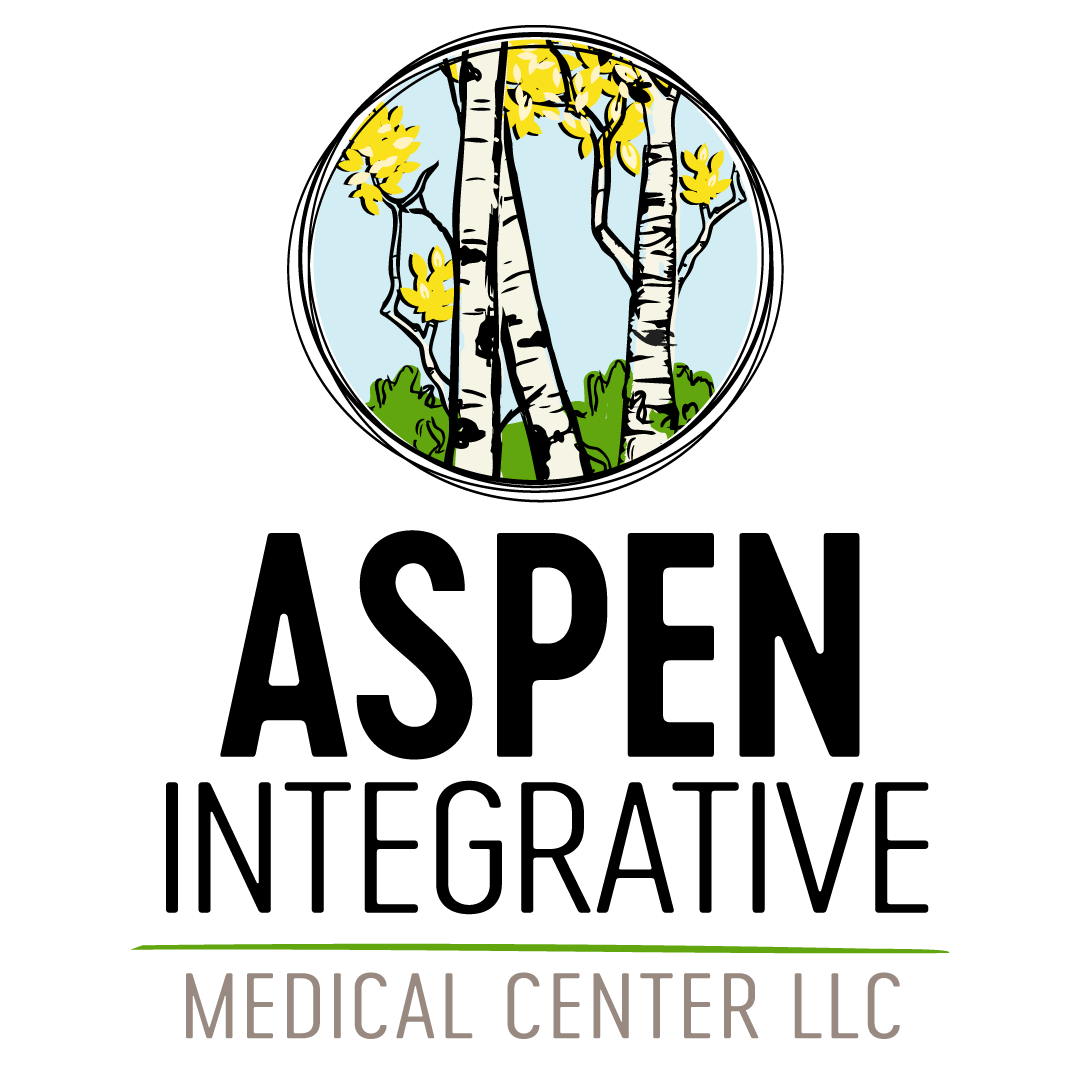
Hydrotherapy: Using Water as a Medical Treatment
Hydrotherapy is defined as the clinical application of water to treat or prevent ailments. Yes, this literally describes how water can be used as a medical treatment. One could say that simply drinking water will prevent dehydration or that using sterile water to dilute certain IV medications (such as vitamin C) can be used in a medical sense, which would certainly be true. However, those examples do not describe what is meant by hydrotherapy in the classical, naturopathic sense.
Water cure, or hydrotherapy, allows for the broad application of the critical substance based on temperature, pressure, location on or in the body, duration and time of day of treatment or other metrics or mechanisms. The therapeutic use of water has been recorded in ancient Egyptian, Greek and Roman civilizations. Public bathing houses have been part of many cultures for hundreds of years. Even today, spas offer water-based treatments. Egyptian royalty bathed with essential oils and flowers, while Romans had communal public baths for their citizens. Hippocrates prescribed bathing in spring water to cure sickness. Other cultures noted for a long history of hydrotherapy include China and Japan, the latter being centered primarily around Japanese hot springs, or “onsen.”
Modern revitalization of water therapy finds its roots in naturopathic as well as other forms of medicine and healing. Classical approaches include colonic hydrotherapy, hot and cold dips, jet propulsion, as well as mineral baths. Hydrotherapy has been shown to be so clinically valid that Southwest Naturopathic Medical Center, the clinical arm of Southwest College of Naturopathic Medicine and Health Sciences, included a large hydrotherapy suite in its modern, LEED-certified medicine center in Tempe.
Cancer care provides an excellent opportunity to use non-toxic hydrotherapy. Many cancer treatments cause people to be fatigued or to have low blood counts, including anemia, white blood cells or platelets. Constitutional hydrotherapy uses differing temperature of wet towels to help people invigorate their vital force, which in turn can improve blood counts. We have seen this clinically. Also, this is a fantastic way to help improve energy and even body temperature. We have seen people improve their physical and mental energy just through several treatments of hydrotherapy.
Hydrotherapy can be performed at home through several simple means. Here are three examples that can be done at various times during the day:
Dew Walking
Many of you are probably familiar with this practice, as it involves walking barefoot over the damp grass in the early morning. Dew walking is thought to invigorate the spirit and the energy of the morning by causing a local stimulating reaction via touch, wetness, frequency and temperature. The touch of the natural grass upon the sole of the foot starts the process; then the dampness of the dew stimulates the nerves; the frequency and connectedness to the earth potentiates the sensation; and, finally, the cool temperature caps off the event. Truly, early morning dew walking for a minute or two is a great way to start the day.
Hot and Cold Showers
It’s easy to get a stimulating hydrotherapy benefit with an everyday occurrence: a shower! There is a sort-of “rule” in hydrotherapy that when you are alternating between hot and cold, you always finish with cold and spend a reasonable amount of time in the cold. When it comes to a shower, remember that when your body is hot, it will push your blood out toward your skin; this is our way of releasing internal heat or managing heat in the body to maintain a constant, physiological temperature. If we take a hot shower and then turn the water off and exit, we will still be in a state where our body has shunted our blood toward the outside of the body and will give off vital heat. However, if we end with cold water, and for a reasonable amount of time for us to get used to that cooler temperature, we are usually better off for it. When we sense cold or cool water on our skin, our bodies tend to shunt blood from the skin more toward the inside of the body to help conserve body heat. So, ending showers even with a brief cold/cool spritz is considered healthy.
Wet Sock Therapy
This describes wearing wet socks to bed. Yes, it’s true: NDs are taught this in school and then teach their patients about this type of hydrotherapy. Simply put, you take a thin pair of cotton socks, wet the foot part only, wring them out well, put them on the feet, cover with a nice wool sock and go to sleep. During the night, the body will augment circulation to help warm the cool, wet sock and thereby cause a sense of invigoration and [usually] deeper sleep. At times, this can help people recover from illness more quickly, while some people simply feel better when they perform this from time to time.
One of the best aspects of hydrotherapy is its simplicity. And sometimes simplicity in medicine is a welcomed and useful departure from the high-tech world of modern medicine. NDs are taught the basics of folk-healing as part of their schooling, and usually are eager to teach their patients about the merit of such approaches. It’s important for us to remember that we are predominately made of water, so why not use water to our benefit as a treatment, not just as necessary for life and to consume when we are thirsty? Try hydrotherapy out for yourself and enjoy its many benefits.




